According to the real estate market report recently published by MBS, by the end of 2023, the country currently has 416 established industrial parks (IPs), with a total natural land area of about 129.9 thousand hectares. The total industrial land area is about 89.2 thousand hectares, an increase of 1.5% over the same period.
Of which, the total area of leased industrial park land reached about 51.8 thousand hectares, an increase of 2.8 thousand hectares, equivalent to about 5.7% over the same period; the occupancy rate was about 57.7%. In terms of industrial parks that have come into operation, the occupancy rate was about 72.4%. The rental price in the South was stable at 168 USD/m2 while the rental price in the North increased by 10% to 123 USD/m2.
Vietnam remains a favorite destination for manufacturing capital flows under the China +1 strategy. In 2023, registered FDI capital and disbursed FDI capital grew by 32.1% and 3.5% respectively over the same period. This is a good growth rate in the context of a difficult world economy when many countries tightened monetary policies.
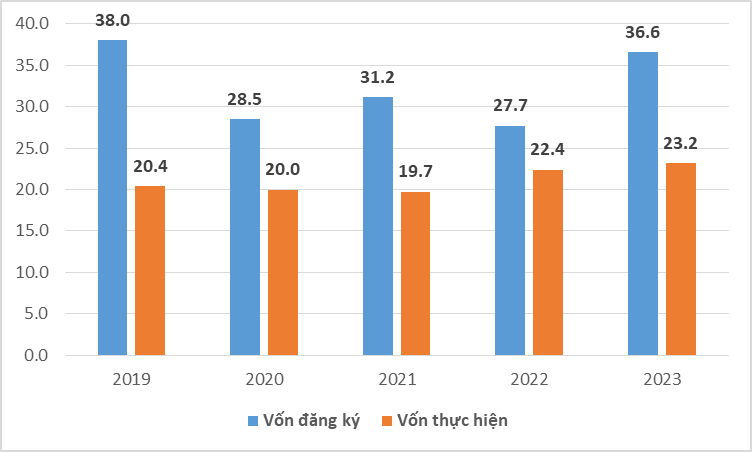
FDI capital invested in Vietnam (Photo: General Statistics Office)
In particular, Vietnam still maintains many competitive advantages thanks to signed trade agreements, attractive labor and electricity costs, helping to effectively attract FDI capital in the coming years. In addition, in the period of 2022 - 2025, many infrastructure and key traffic projects will also be invested in, both road and waterway, creating strong economic growth momentum.
The MBS report also pointed out the trend of FDI capital flowing strongly into the secondary market. In the North, capital into this market recorded a clear increase, from 20% in 2018 to 53% in 2023.
In the South, the proportion of FDI capital inflows into the secondary market also tends to increase from 21.6% in 2022 to 23.2%. For example, Ba Ria - Vung Tau province has attracted more than 1 billion USD in FDI capital; Binh Phuoc has attracted more than 40 FDI projects with a total capital of 758 million USD, 3.4 times higher than the same period.
The reason is that thanks to the advantage of large leasable industrial park land area, the occupancy rate of the type 2 market is only 63% while the type 1 market has reached 90% (HCMC, Binh Duong reached 95%, and in Dong Nai, Long An reached over 80%). Besides, the land rental price in the type 2 market is only half of the price in the type 1 market.
In addition, industrial real estate in Vietnam is also following the global trend of “greening” to attract FDI capital into the high-tech industry. “Greening” has also recorded strong growth in Southeast Asia with the number of projects increasing by 12% and 21% in 2021 and 2022, respectively. This causes traditional industrial parks with only pure manufacturing plants, housing and other utilities to lose their competitive advantage.
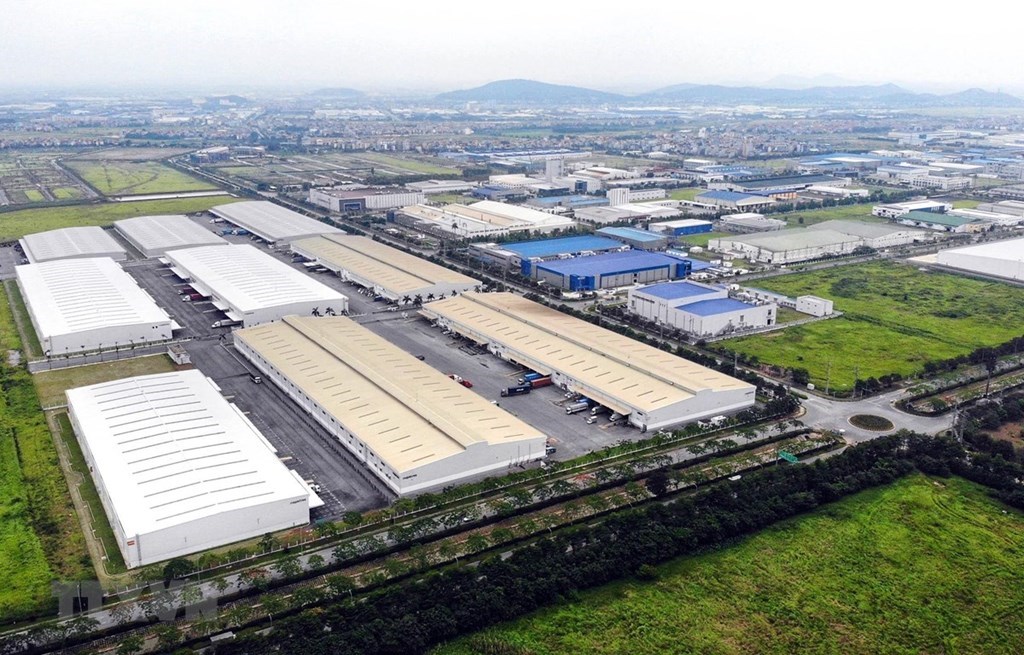
The "greening" trend will cause old industrial parks to lose their competitive advantage.
In addition to the supporting factors, many units also pointed out the new challenges that Vietnam's industrial park real estate is facing. First is the increased competition to attract FDI in the region. In particular, India and Indonesia are two countries that also hold many outstanding advantages in this market. For example, in India, this country has set aside a clean land fund of 460 thousand hectares and 1,500 billion USD to develop infrastructure, tax exemptions for new investment projects. Thanks to that, it has attracted many "big guys" in the world to participate in this market.
Next is the general problem of the world when the global minimum tax of 15% will be officially applied from January 1, 2024. Companies with revenue of over 750 million euros that are enjoying incentives from the investment attraction policy in Vietnam must pay an additional 15% global minimum tax rate. This affects Vietnam's tax incentives (tax exemptions, tax reductions) and also causes the domestic market to lose an advantage.
Finally, there is the risk of power shortages during peak hours, especially when the El Nino cycle is forecast to be longer and stronger than before. The risk of power shortages affecting production has caused some investors to cancel their investment plans in Vietnam.
Source




![[Photo] Da Nang: Hundreds of people join hands to clean up a vital tourist route after storm No. 13](https://vphoto.vietnam.vn/thumb/1200x675/vietnam/resource/IMAGE/2025/11/07/1762491638903_image-3-1353-jpg.webp)



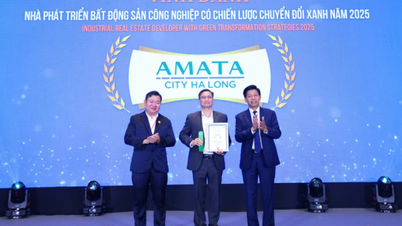

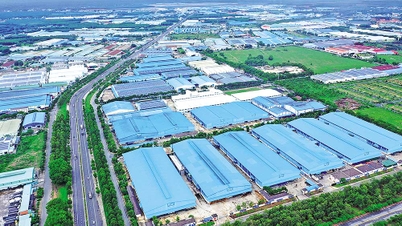

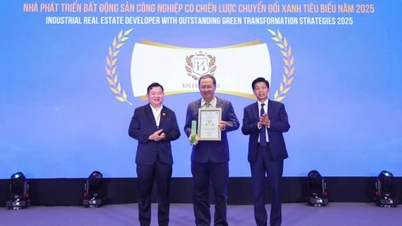

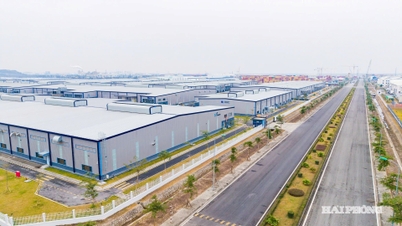

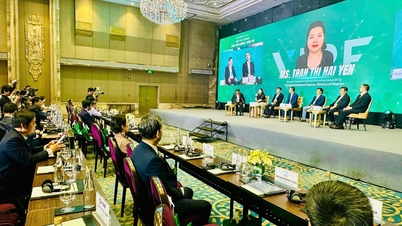
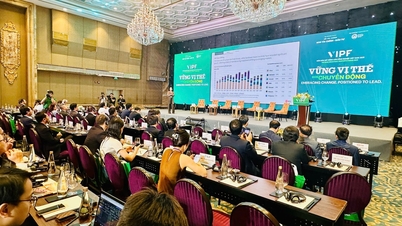




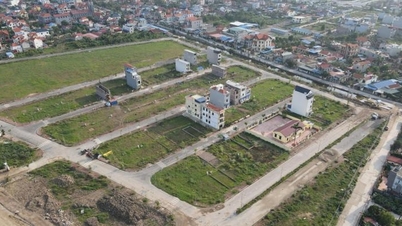



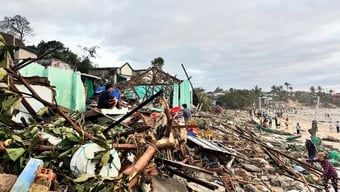


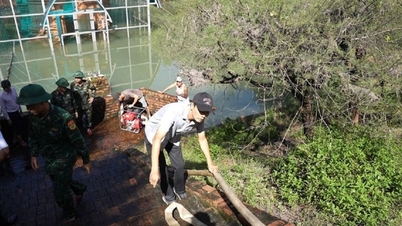



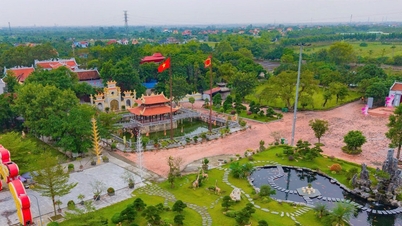




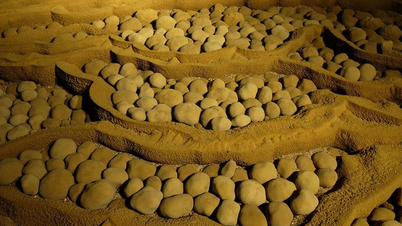






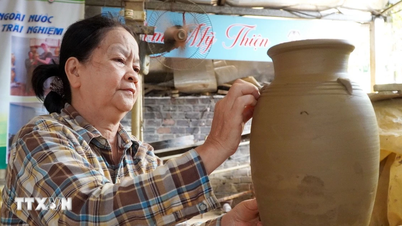

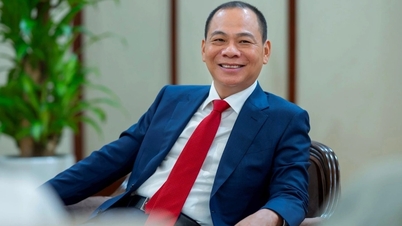








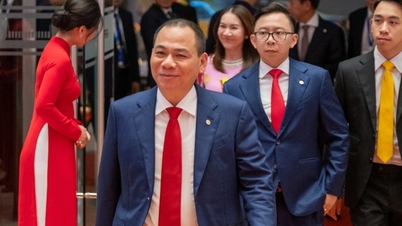


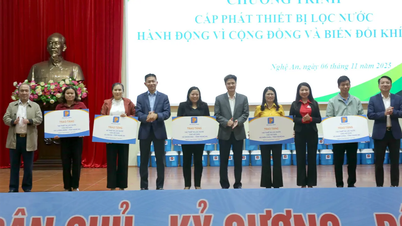


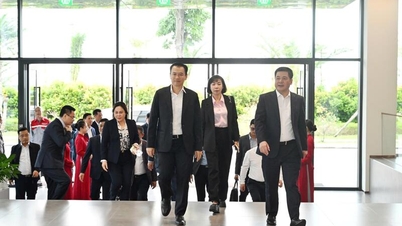
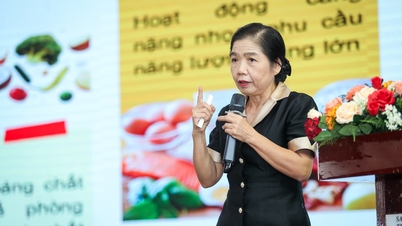







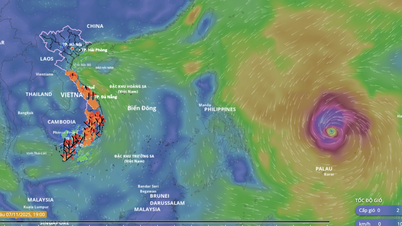









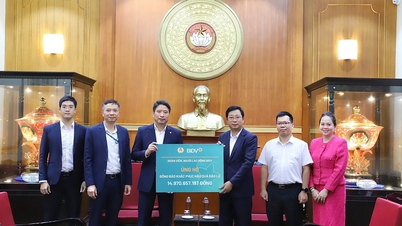

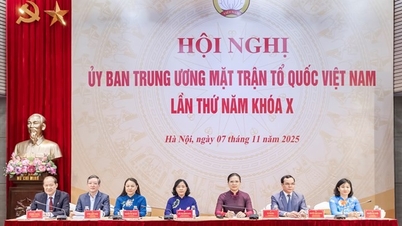
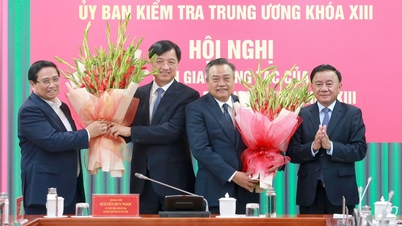



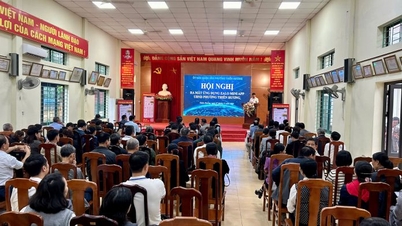

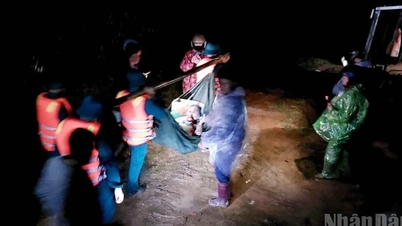






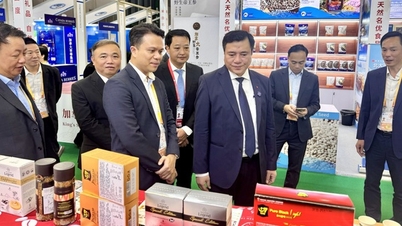













Comment (0)